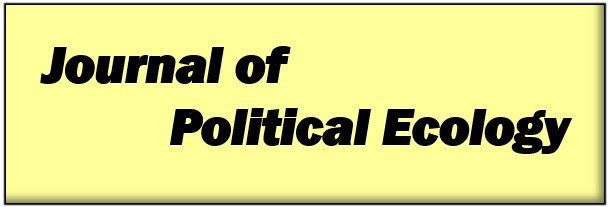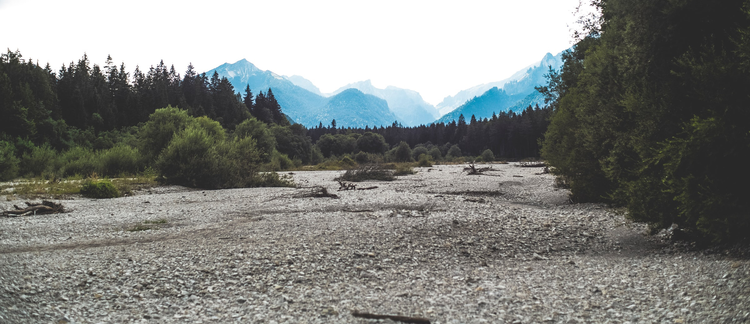Abstract
Multiple dynamics produce the ecological present. For the past 30 years or more, in the southern Atacama salt pan (Salar) in northern Chile, extractive industries have been accumulating minerals and water in exhaustive quantities, taking ever more than may be regenerated. However, the exhaustion of the Salar de Atacama involves a more complex set of symptoms than demonstrable environmental depletion. Fragmented scientific knowledge of the salt pan due to the privatization of water and under-regulation of mining provides a partial explanation for this complexity. In this article, we discuss these political conditions of environmental knowledge and, using a range of methodologies, we show that the scale of resource extraction threatens social and environmental harm and exhaustion may manifest in unexpected ways. We used remote sensing data to elaborate maps that reflect environmental change (1985-2017), relative to the intensification of extractive activity for copper and lithium salts in the area. Using these data, we undertook ethnographic and participatory mapping work to discuss with people from the Peine Indigenous community how they have experienced ecological change related to mineral and water extraction in the southern Salar. A review of the historical and archaeological material helps us to show the depth of Indigenous people's relationships to and knowledge of the salt pan and surrounds, and how social memory may be ecological. Combining the different results of our research, we argue that ecological exhaustion emerges from social, environmental and political conditions driven by both tangible and uncertain impacts of industrial extraction. Revealing these conditions of exhaustion raises key questions about the complexity of the effects of extraction.
Keywords: Indigenous peoples, Salar de Atacama, participatory mapping, mining, water rights
How to Cite:
Babidge, S., Kalazich, F., Prieto, M. & Yager, K., (2019) “'That's the problem with that lake; it changes sides': mapping extraction and ecological exhaustion in the Atacama”, Journal of Political Ecology 26(1), 738-760. doi: https://doi.org/10.2458/v26i1.23169
Downloads:
Download PDF
View PDF
6135 Views
1332 Downloads

